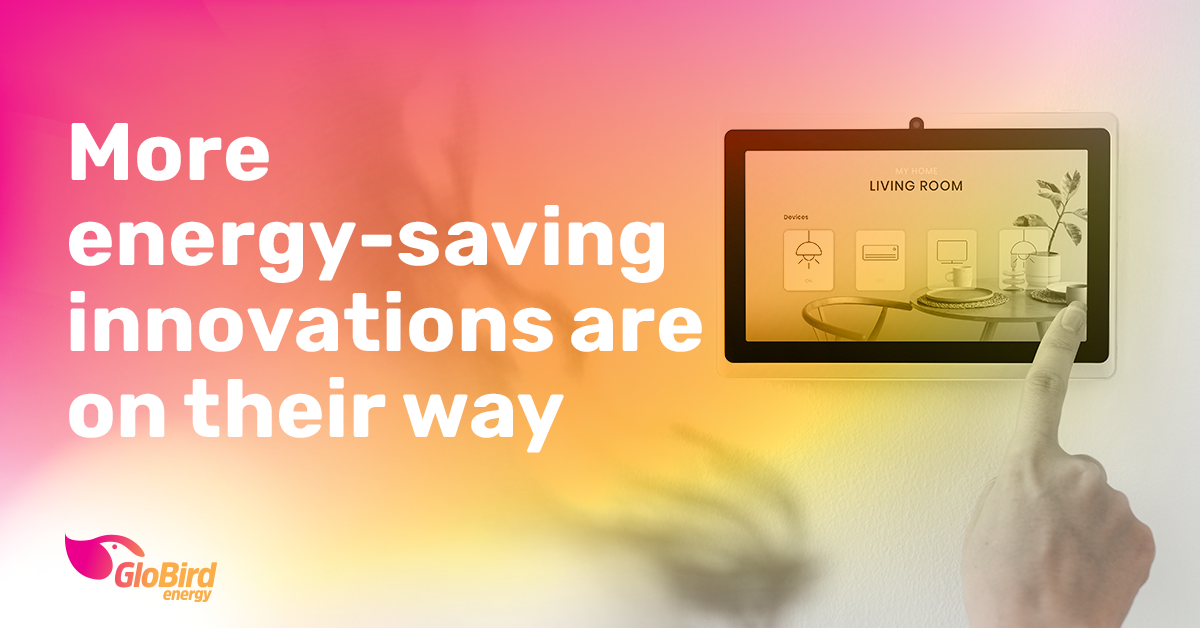Our homes might be more energy efficient than they once were, but they need to be. The number of appliances and devices that need to be powered or charged is ever-increasing.
Right now, most households could probably save more energy by making some simple changes, such as improving insulation and sealing gaps, as well as turning appliances off at the wall switch when not in use, rather than leaving them on standby mode.
And if you haven’t changed to LED lights you’re missing an obvious energy-saving opportunity.
What’s the next energy-efficient tech?
It might not surprise you to know that various organisations, corporations, research facilities, universities, and even government-funded entities around the world are working on the next generation of energy-efficient devices and appliances.
We’ve found out about some of them, although in most cases it’s hard to ascertain how close they are to becoming widely available.
Nevertheless, these are the sorts of things coming to your future home …
Smarter homes
Electronic devices and appliances can already be linked to the internet to provide real-time data that makes it easier to monitor, understand, and reduce energy use. The next generation of wireless sensors are being developed to access and analyse data such as outside air and room temperature, humidity, light level, and even occupancy to automatically control your heating, cooling, lighting, and other home systems.
Smart power boards
We all leave our devices plugged in when not in use or fully charged. In both cases, they continue to consume electricity unnecessarily. Smart power boards, on the other hand, cut off the electricity to a device that is either fully charged or not in use.
Self-shading windows
Get ready for highly insulated windows that use sensors and microprocessors to automatically adjust shading based on the amount of available sunlight and the time of day to ensure proper lighting and comfort. Less heat coming in during summer and more natural warmth when the winter sun is hitting that side of the house both equal lower energy use (and bills).
Cool roofs
Your roof will be coated with materials containing special pigments that reflect up to four times as much sunlight as current roofs, while absorbing less heat.
Magnetic refrigerators
Coming soon: a fridge that uses magnets. Lowering (or raising) the temperature of material by changing the magnetic field is known as the magnetocaloric effect. Refrigeration has hardly advanced for the past century, based on a process called vapour compression that requires coolants that can be harmful to the environment. The new refrigerator is a revolutionary technology that uses a water-based cooling fluid, making it better for the environment and more efficient, which means lower energy bills and less carbon pollution.
Heat pumps
There are several new ‘models’ being developed, all with the aim to offer heating and cooling – and, most likely, water heating as well – more efficiently by moving heat to maximise its impact. Transferring heat uses much less energy than generating it or using a compressor to cool air.
Home wind turbines
Domestic rooftop solar arrays have been extremely popular around the world – nowhere more so than here in Australia. While they might never be as popular, if home-based wind turbines can be manufactured and installed cost effectively, there would likely be a decent market for them. Wind resource maps are already available to give homeowners a guide to the viability of a wind-powered home.
Even better LED lighting
Yes, LED lighting is already available. Today’s highest-performing lights use 85 per cent less energy than incandescent bulbs, which are extremely wasteful. What’s next will be LEDs that are even more efficient, last longer, and cost less. LED efficiency is expected to double in the next few years as a result of continued research and development.
One thing you should do today …
Do you know how easy it could be to be more energy efficient right now? We hear stories all the time about how a handful of small changes in appliance use have made noticeable differences to usage and bills.
Start today by getting a home energy monitor. This little device fits into your electrical panel to monitor energy consumption throughout the home so you can track energy use patterns and data to break down your bill.
A home energy monitor will provide you with a baseline of electricity consumption when appliances are not in use, as well as data on the percentage of energy used by each appliance, and you can keep track via an app on your smartphone.
With a little testing, you’ll soon find which off switches are going to make the biggest difference.
It really is a case of knowledge is power, allowing you to use less energy with negligible impact on your lifestyle.
